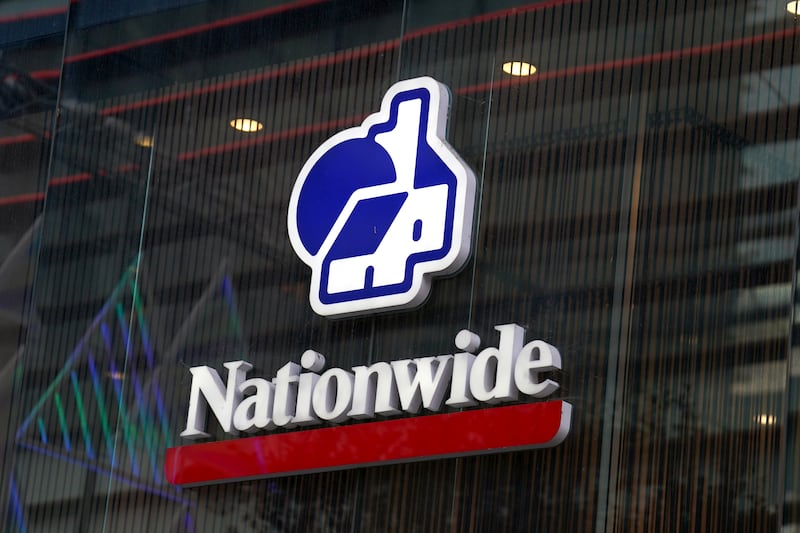PROPERTY values in Northern Ireland edged up by less than one percentage point to an average of £129,385 during the last quarter of 2016, Nationwide Building Society said.
The 0.7 per cent rise was the second lowest in the UK behind the north of England, where prices were effectively flat (up 0.1 per cent) this year.
That was a much more subdued performance in Northern Ireland than in the previous quarter, when prices were up 2.4 per cent against the year before.
And experts are warning that "real tests" will come in the housing market early in the new year amid uncertainty over unemployment, inflation and the wider economy post-Brexit.
In the UK as a whole, property prices increased by 4.5 per cent in 2016 as the average price stood at £205,898 in December (a 0.8 per cent month-on-month increase), according to Nationwide.
The 4.5 per cent annual increase in house prices across the UK recorded in December was the same as the uplift recorded in December 2015, indicating that the last year has seen "relative stability" in the market, the report said.
East Anglia has seen the strongest house price growth over the last year, with a 10.1 per cent annual increase taking average property values there to £218,544. In London, house prices have grown by 3.7 per cent over the year, reaching £473,073 on average.
Robert Gardner, Nationwide's chief economist, said: "There were signs that London's significant period of out-performance may be drawing to a close.
"For the first year since 2008, annual house price growth in the capital was lower than the UK average, with prices increasing by 3.7 per cent over the year, down from 12.2 per cent in 2015.
"The south of England as a whole continued to see slightly stronger price growth than the north of England, though the differential narrowed.
"Price growth in Wales, Scotland and Northern Ireland remained subdued, though each saw small gains overall in 2016."
Nationwide said the gap between house prices in northern and southern England has widened by around £11,500 over the last year alone - and now stands at over £170,000.
Mr Gardner has said he expects UK house prices generally to see a further small increase across 2017, of around 2 per cent, as low interest rates help to support home buyer demand, despite expectations that the economy will slow next year.
Jeremy Leaf, a former chair of the Royal Institution of Chartered Surveyors, said: "The real test for the market will come in the early new year when we see whether continuing low mortgage rates and lack of new and existing housing supply prove more relevant than uncertainty over unemployment, inflation and the wider economy post-Brexit."
Rob Weaver, director of investments at property crowdfunding platform Property Partner, said: “The proverbial kitchen sink has been thrown at the housing market during 2016 - namely Brexit uncertainty and multiple tax changes - but prices are still creeping up.
“Admittedly there’s been an easing off in the rate of property price growth, but what seems clear is that the market has remained resilient and is stable, particularly when compared to other investments."








